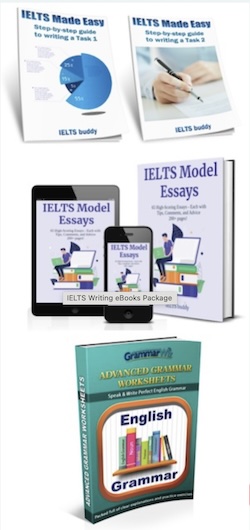- Home
- Reading Lessons
- Skimming and Scanning
Skimming and Scanning Tips for IELTS Reading
Skimming and Scanning are essential skills to know for IELTS reading, so let's look at some tips of how to use them in the test.
On top of analysing your proficiency in English and your ability to understand a long text, the reading section also tests your vocabulary.
Unfortunately, many people are naturally slow readers. And since you’re working against the clock, reading all the texts in full can be a bit impractical.
It’s therefore beneficial to practise and master skills like skimming and scanning before attempting the IELTS exam.
Now, if you’re wondering about the difference between these two skills, don’t worry. We’re going to discuss how to implement them as well as go over an example so you can practise on your own.
What are Skimming and Scanning?
In short, skimming involves speed-reading an article just to get a general idea without pondering over any words or specific information.
Scanning is what you do when you’ve already read the questions and are looking for specific information by identifying keywords.
Skimming techniques
Once you get your exam, you first want to skim over the text to get a rough idea of what the article is about. Here’s how to do it:
- Start by reading the title and introductory paragraph.
- After that, if the paragraphs in the body have headings, read those too.
- Read the conclusion in full. By this point, you should already have a pretty good idea of what the piece is about.
- If you have some extra time and want to be thorough, go back and read the first and last sentences of each paragraph in the body of the text.
Scanning techniques
Now that you have a general understanding of the text, you can read the questions and scan the article to find the answers.
- Read the questions first and identify the keywords in them. Highlight or underline the keywords so that they stand out.
- Next, go over to the text and start looking for the same word or a synonym/paraphrased version of it. Remember, you’re only scanning the text, not reading all the information to understand it.
- The questions are always in order, so your first answer will most likely be within the first paragraph.
Skimming & Scanning Practice
Now we've looked at some skimming and scanning tips for IELTS reading, let's have a practice with these skills.
Exercise 1
Identify one or two keywords in the following question:

Keeping “vertical tubes” in mind, scan through the text and see how quickly you can find where they’re mentioned to be able to find the missing information to fill in the gap.

Did you get it right? Soon after vertical tubes are mentioned, they start talking about rows of lettuce, which is your answer to question 1.
Exercise 2
Fill-in-the-gap is only one of 14 different types of questions you might get in your reading exam. So let’s practice implementing the scanning technique with a Yes, No, or Not Given question.
Identify the keywords in the following question:

“Santa Cruz” stands out, as well as “identifying laughs.” Based on these keywords, if you had the full reading, you would scan it and should end up at this paragraph as it clearly mentions "Santa Cruz":

You might have noticed that in this case, the word “identifying” wasn’t repeated, but it was implied by the sentence, “Participants were asked whether they thought the people laughing were friends or strangers.”
Can you work out the answer to the question now?
The answer to this question would be Not Given. The text reveals that the participants were asked, “whether they thought the people laughing were friends or strangers.” But there’s no mention of what they were more accurate at.
Tips for Yes/No/Not Given
A great way to test your answer for this type of question, if you’re unsure, is by changing the statement you’re given to a Yes/No question.
For example:
- Were the participants in the Santa Cruz study more accurate at identifying the laughs of friends than those of strangers?
So, if you are unable to find the information you need to provide a clear Yes/No answer, it’ll be Not Given.
Summing Up
Implementing these skimming and scanning tips for IELTS reading can save you a lot of time on the exam. However, it’s still important to remember that certain questions will require more in-depth reading.
Don’t get stuck on any questions. Answer as many questions as you can using these reading techniques. Afterwards, return to the questions you struggled with and use the remaining time to read the text more thoroughly to answer the more detailed questions.
Comments
Any comments or questions about this page or about IELTS? Post them here. Your email will not be published or shared.














